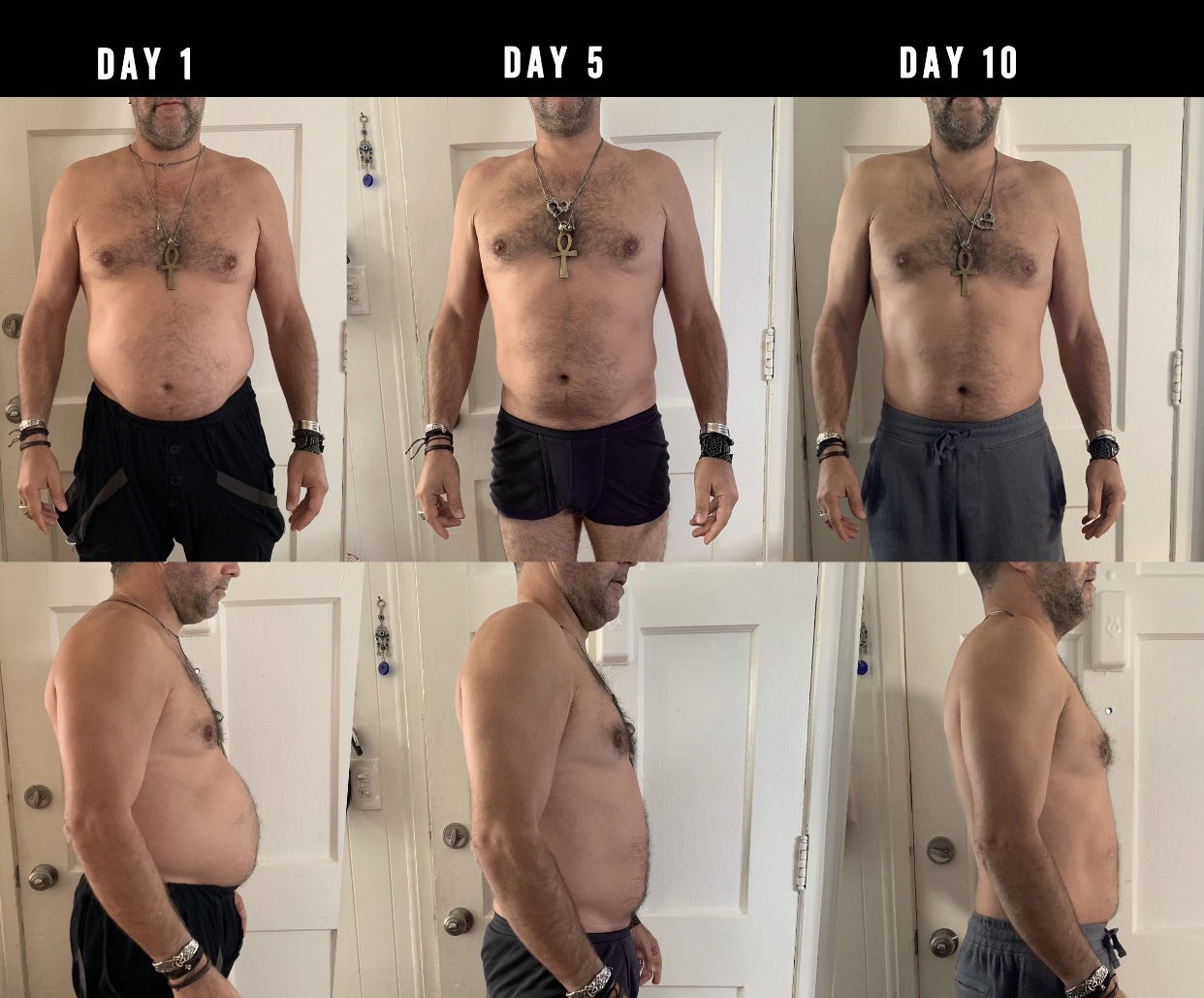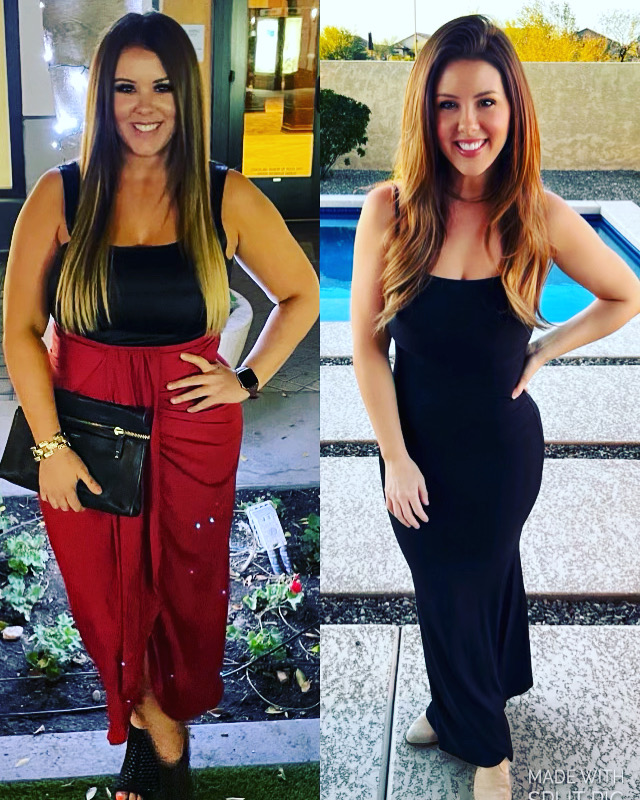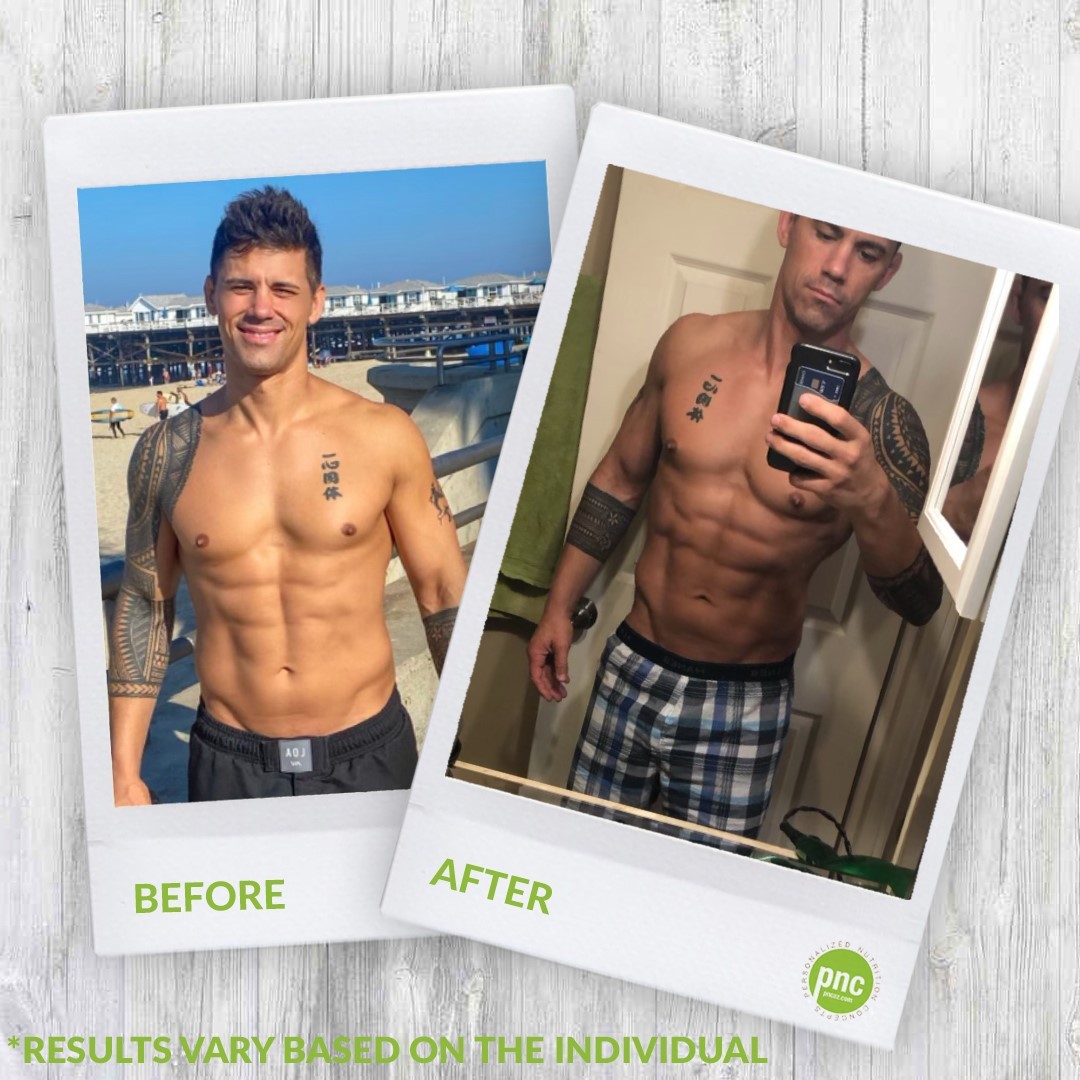Believing in a Balance Between Mind and Body
Est. 1999
Transform Your Health with Our Personalized Weight Loss Programs
Also Specializing in Health Improvement, Athletic Performance, and Deep Cellular Detoxification
Believing in a Balance Between Mind and Body
Est. 1999
Transform Your Health with Our Personalized Weight Loss Programs
Also Specializing in Health Improvement, Athletic Performance, and Deep Cellular Detoxification
Your Personalized Weight Loss Services
Weight Loss
At Personalize Nutrition Concepts we specialize in weight loss programs
- Reduce Unhealthy Fat and Maintain Muscle Tissue
- Working with Medical Weight Loss Medications, Semaglutide and Ozempic, as needed.
- Increasing Metabolism
- Improving Hormonal Weight Gain
- Elimination of the Deprivation/Binge Cycle
- Elimination of Sugar Cravings/ Carbohydrate Cravings
- Learning How to Achieve Your Individual Cellular Nutritional Needs
- Increase Mental and Physical energy
- and More!
Health Improvements
At Personalize Nutrition Concepts we specialize in Improving Health Conditions including:
- Diabetes
- Intestinal Disorders
- High Blood Pressure
- High Cholesterol and Triglycerides
- and More!
Athletic Performance
At Personalize Nutrition Concepts we can help you improve athletically
- Measure Sustainable Results
- Learn How to Fuel Your Body for Peak Performance
- For Professional and Amateur Athletes
- Personalized Menu Changes
- Improve Strength and Endurance
- Promote Faster Muscle Recovery
- and More!
Deep Cellular Detoxification
At Personalize Nutrition Concepts We Improve Detoxification.
- Increase Energy Levels
- Improve Digestion & Elimination
- Reduce Bloating
- Enhance Deep Sleep
- Eliminate Toxic Glyphosate
- Improved Mood & Focus
- Reduce Unhealthy Fat
- Reduce Chronic Inflamation
- Eliminate Toxic Residue
- Increase Nutrient Assimilation
- Flush Unwanted Parasites
- Support Healthy Blood
- Create Lean Muscle
- Activate Cellular Detoxification
Client Testimonials
Transformation Gallery














Contact Us for a Free 10-minute Consultation!
Locations
Scottsdale, AZ
Phoenix, AZ
Chandler/Gilbert, AZ
Peoria, AZ
Frisco, TX
Phoenix, AZ
Chandler/Gilbert, AZ
Peoria, AZ
Frisco, TX
*Virtual Consultations throughout US & Canada
Phone
Locations
Scottsdale, AZ
Phoenix, AZ
Chandler/Gilbert, AZ
Peoria, AZ
Frisco, TX
Phoenix, AZ
Chandler/Gilbert, AZ
Peoria, AZ
Frisco, TX
*Virtual Consultations throughout US & Canada
